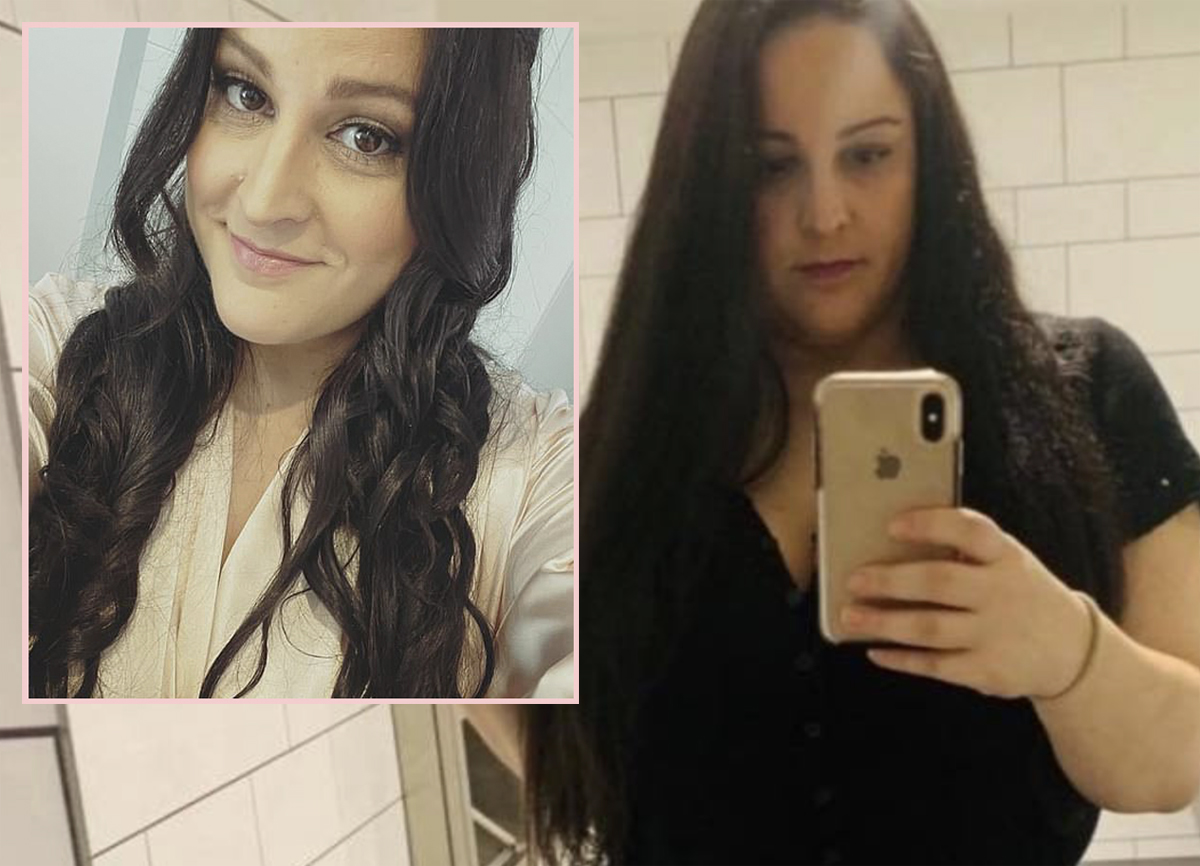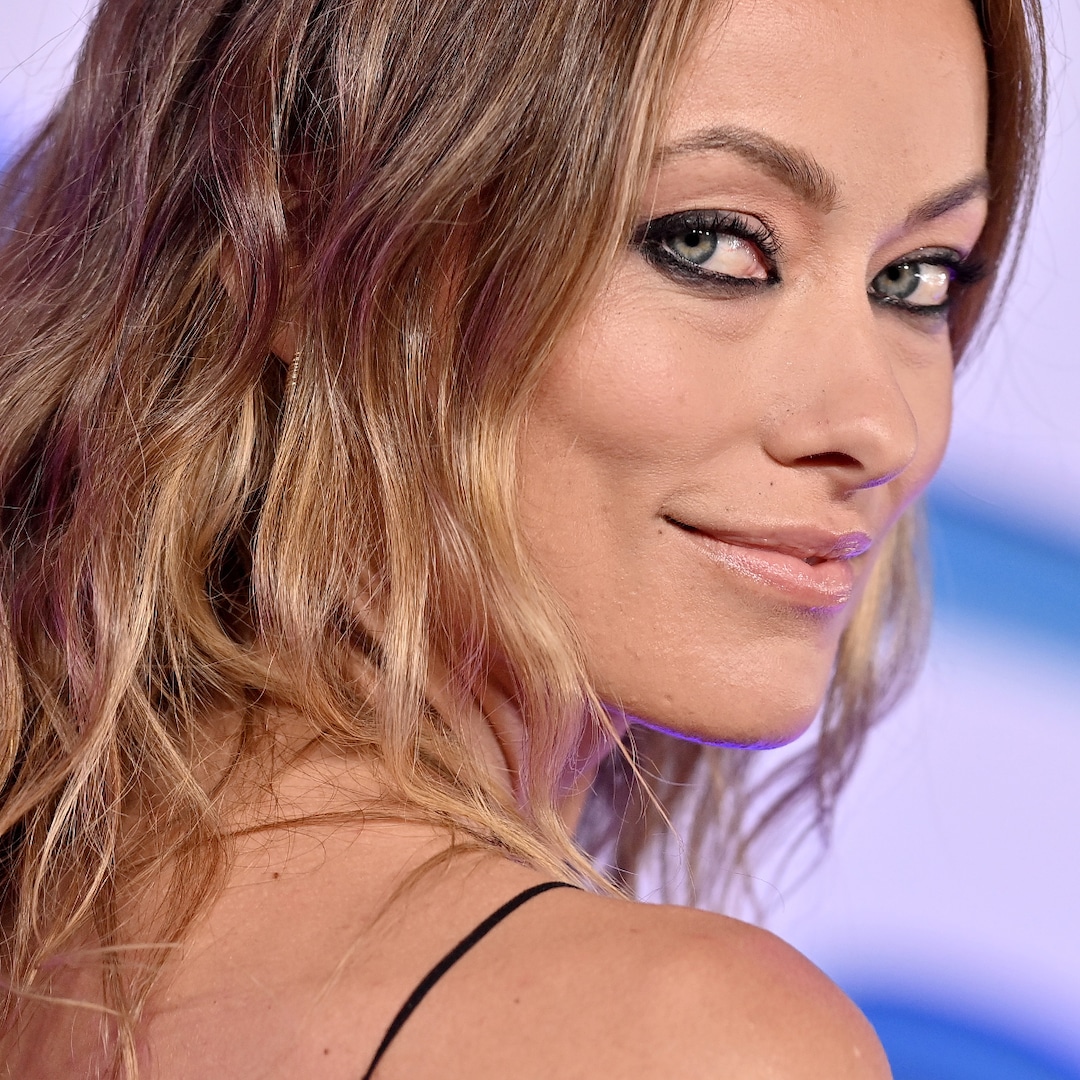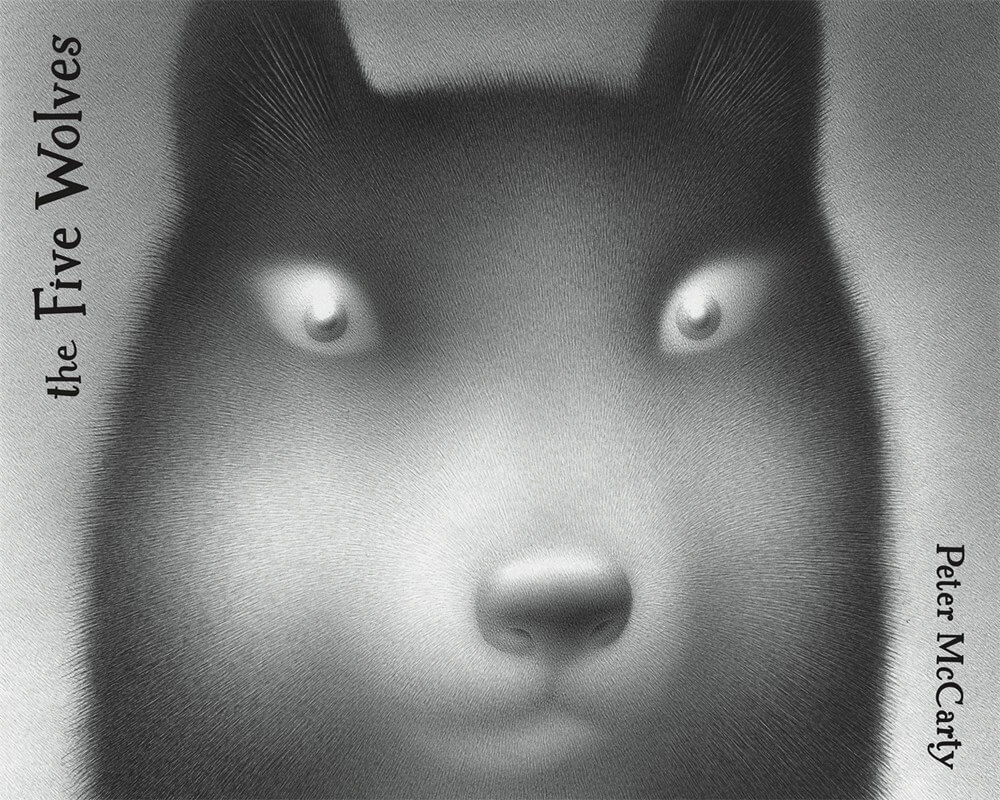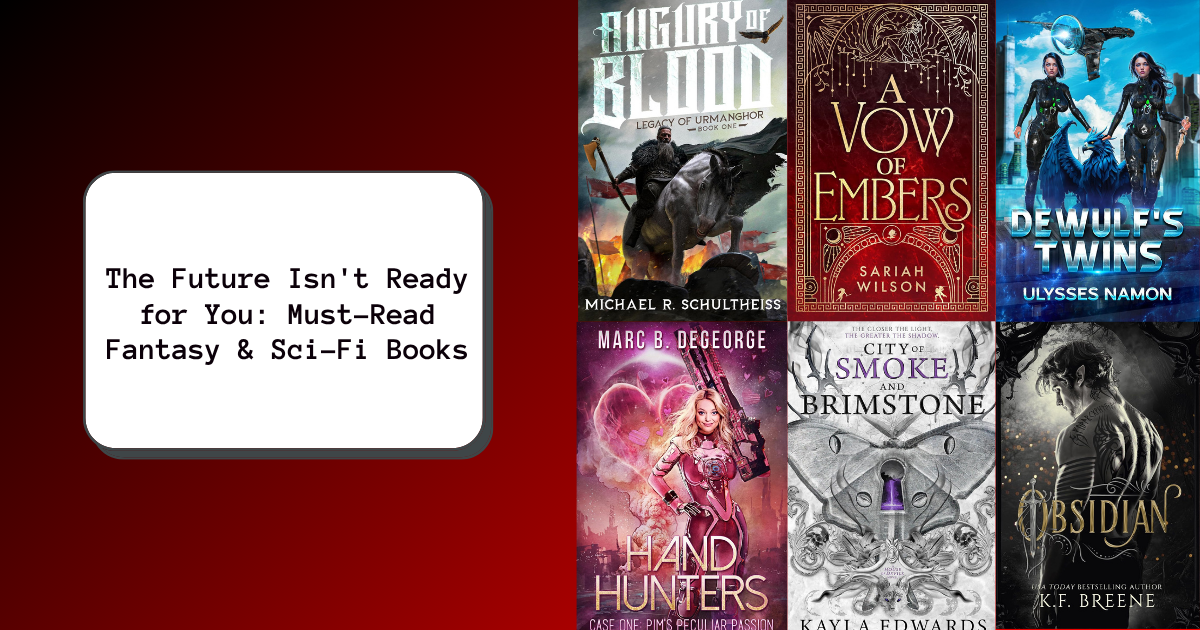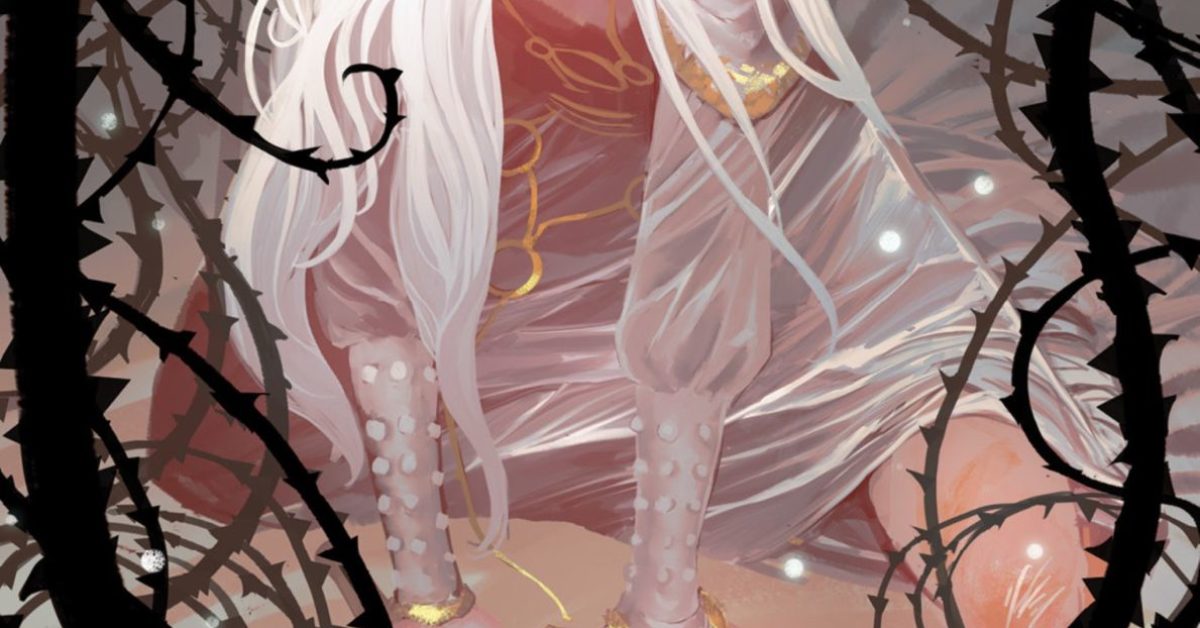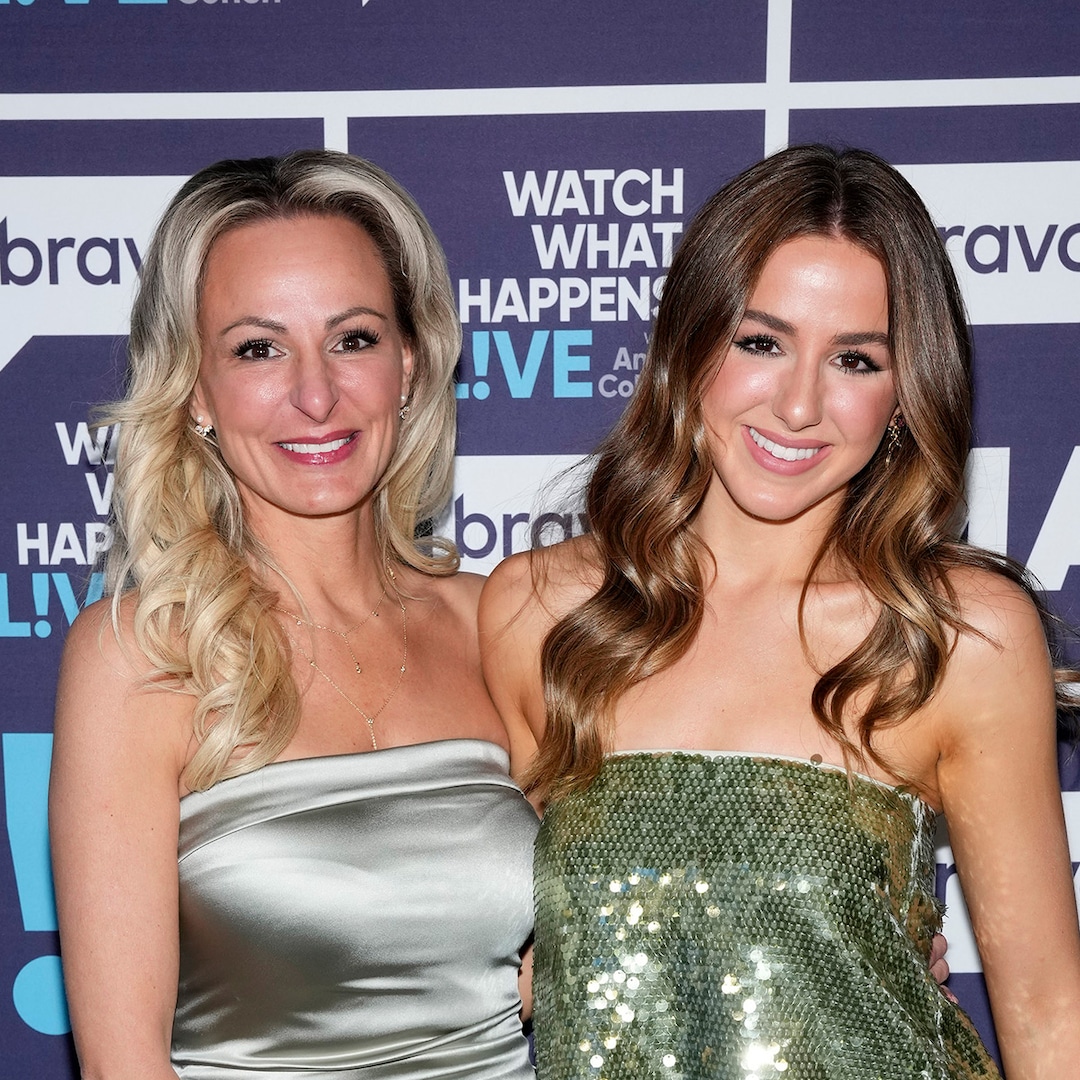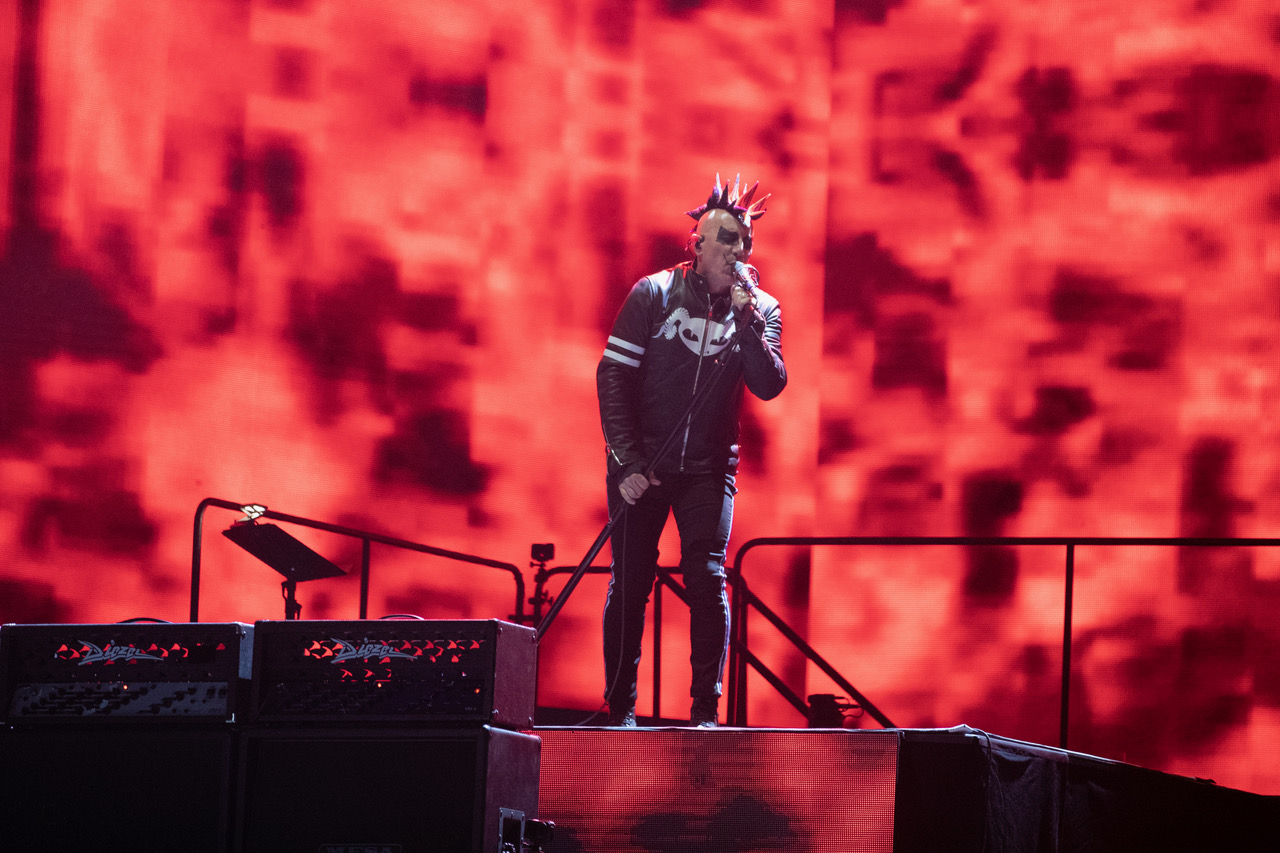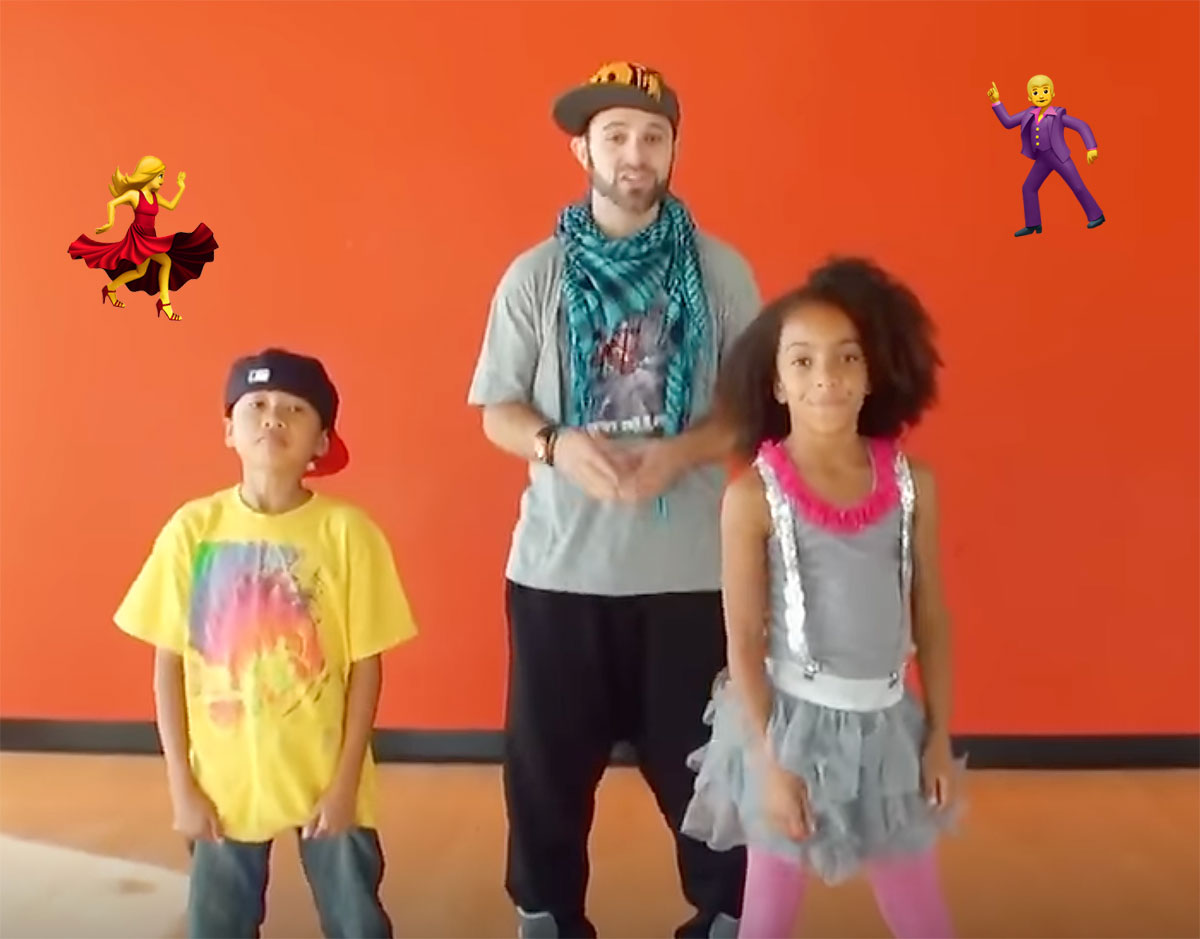We sat down with Director Serena Dykman just before the screening of her short film “Babka” at the Hollyshorts Film Festival in Los Angeles, which won Best Female Screenplay at Hollyshorts just last year.
The film– which was shot on location in Brooklyn, New York– stars Saul Rubinek and Jonny Beauchamp, with supporting cast including Hani Furstenberg, Betsy Aidem, and Ronald Guttman.

ABOUT THE FILM
On the day of his bakery’s grand reopening, Moishe (Saul Rubinek), a visually impaired Orthodox Jewish baker, takes his first steps outside with Bear—his German Shepherd guide dog. But in his tight-knit Hasidic community, where dogs are seen as impure and pets are virtually nonexistent, Bear’s presence is met with shock and resistance. As word spreads, so does the backlash. With only his sharp-witted wife, Esther, and his unconventional guide dog mobility instructor, Jesus (Johnny Beauchamp)—a queer Puerto Rican catholic man—by his side, Moishe navigates the streets of South Williamsburg toward his bakery. As the walk unfolds, he must confront the weight of tradition, the fear of change, and the courage it takes to open minds—one paw step at a time.

Q: How did you come up with the concept for this short film?
SD: I’m Jewish, but I’m not Hasidic. I’m the granddaughter of three Holocaust survivors, and I actually made a documentary feature film called ‘Nana’ about my grandmother, who was an Auschwitz survivor. A few years ago, I was attached to direct a docu-series about people in the community in Brooklyn, specifically those who decide to leave or who have left and decide to come back. I was able to gain insight into the community; then fast forward a couple of years later and that show never got picked up. But I was walking with my own dog– who looks straight out of a Disney movie– a very small, very cute dog and I just happened to be in that neighborhood which actually I have driven past so many times but I had never really taken a full walk on Lee Avenue. It’s really fascinating because it’s like you’re entering another world, but you’re next to sushi and burritos shops and tattoo parlors. It’s just incredible. You cross one street and it is like you’re in a historical postcard. The fact that it’s so in the middle of a city that’s known for its diversity and modernity; it’s quite incredible to still live that way. So I was walking with my dog, and I realized that people seemed to be afraid of her crossing the street or even kids and it’s a very small cute looking dog. It just kind of rose my curiosity because I didn’t know that the Hasidic community or the Orthodox community was historically scared of dogs. I started wondering ‘what if a dog had to live in this community?’ Having worked with guide dogs being a medical dog owner myself, I know that guide dogs are the one thing that the world kind of understands is necessary for people who are low vision or blind. It just kind of clicked, and I followed my gut and started doing a lot of research. It really opened my eyes on the intersection between religion and disability.
Q: While the film tackles those two big topics, it’s actually very funny and relatable? Was that intentional?
SD: I really appreciate you pointing that out because that was one of the biggest challenges with the script was how to explain very quickly and efficiently where those fears stem from– and they really stem from trauma and PTSD from the Holocaust– and simply from the fact that historically there haven’t really been dogs living in those communities. People are afraid of things that they don’t know and that’s simple to understand and universal. But the comedy was something that was incredibly important to me as a writer. As a filmmaker and as a Jew, and a granddaughter of people who were particularly funny, I wanted to get that across.
View this post on Instagram
Q: I know the film is currently nominated for the Humanitas Prize specifically for writing. How does that honor feel?
SD: Yes! It’s been really kind of the biggest honor and recognition that goes to me, but that also goes to all the people that have helped shape this script. A lot of those people are people inside the Hasidic community who are blind or low vision or who have siblings who are, so it’s really been incredible to have so many people help and want to tell their own story through this fictional story. You know, no one really talks about that intersection between faith and disability and this type of story is never really seen by society.
In the script the main character is getting a guide dog now so that he can continue to have a normal life. It’s not just that these dogs help on a day to day basis, it’s that they really give someone who has low vision or blindness their independence. They don’t have to rely on another human being every time they want to go out, or they want to make food, or they want to do anything really. It gives them the independence to not feel like they are a burden to another human being. In the Hasidic community, it gets even trickier because men and women are not allowed to touch other men and women, unless they’re related or married, so you know getting help to just get outside is that much trickier. There’s also a stigma against people who are low vision in that community. I’ve met a lot of people inside the Hasidic community who are trying to fight that stigma and kind of change the narrative around the use of canes or guide dogs. Because of that, a lot of people end up kind of pretending that they can see a lot more than they can and will like touch walls to be able to get around. It can be incredibly dangerous.

Q: The film explores a lot already with the backdrop of religion and disability but you added an extra layer in the film with the guide dog trainer also being an immigrant and a member of the LGBTQ community. Why did you decide to include that as well?
SD: So I self describe as a culture clasher. I grew up in different worlds, different religions. My grandfather was Catholic; I was raised Jewish. My household spoke different languages, and so what fascinates me is what happens when people from different worlds find themselves together in unusual circumstances. That’s kind of what I love to explore in most of what I write and direct. So when I had the idea of exploring what it would be like if a dog had to live in this community, I felt it was important that the guide dog trainer also come from another minority community. It just made sense that it would be someone who’s also the grandson or son of immigrants and in this case, the character is Puerto Rican. He comes from another culture and he’s queer– because I’m a big ally– and I think it’s very important to also explore that through the lens of religion. Having worked on that documentary project a few years ago, I knew from research that one of the main reasons why people decide to leave a religious community is because they’re queer, so that’s a big underlying theme. The short is really a proof of concept for a feature film which is already written and no spoilers, but there’s a character who’s the daughter of Moishe (our protagonist) who is queer and who left the Hasidic community. Through the connection Moshe has with dog trainer Jesus (Johnny Beauchamp) he actually gets closer to his estranged daughter. The LGBTQ storyline is very present in the feature more so than in the short, but we kind of wanted to tease it and to build to that.
Q: So you’re here at the prestigious HollyShorts Film Festival in Hollywood this week, and I hear that Saul will be in attendance as he’s local and wants to support the project. What was it like casting him because he’s a very well known actor, and it’s not common to get that level of talent to attach to a short film?
SD: I got incredibly lucky, and you know as it goes in the industry, I knew someone who knew someone who knew Saul’s daughter. I was able to get him the script through that channel. We also had a phenomenal casting director working on our project. When there’s a personal connection it always helps, and it was quite incredible because Saul got the script and then he emailed me about two hours later and we set up a Zoom for the next day. We spoke for an hour and forty five minutes extensively about the script, and at the end of the call he’s says, “I’m in.”
We really got along and it was a real honor because he flew all the way from LA to New York to shoot with us on location. We shot a year ago from now, in a heat wave in Brooklyn, with early 4am call times and it was not an easy shoot by any means. In fact, Saul actually flew early to New York to meet the dog he was going to work with. We visited Seeing Eye which is the oldest guide dog school in the world based in New Jersey and provided the dog (Barkly) for our film. They also consulted on the script and were on set with us to ensure the authenticity of guide dog portrayal. We got to really experience and understand what that whole process is like. Saul was such a big part of it and really wanted to understand all that goes into the pairing of guide dogs and owners. He also really wants the feature film to happen. He sees it as a unique story and sees the vision. He’s also the son of Holocaust survivors, so the story is particularly close to him in that way too.
Q: What’s next for the film from here?
SD: We’ve been touring with the short for a few months, and we actually just heard that we got into two more Oscar qualifying festivals. I’m not allowed to say which ones yet, but I’ll be sharing on my social media soon! It’s really great to be at festivals and to be able to bring this story to places like Alabama or Belgium; to places where they might not know about the Hasidic community or about the blind community or about the Puerto Rican or LGBTQ community. That’s the magic of film. It makes the stories travel. Typically, I’m traveling with the film or someone from my team is on site, and we also always try to have a local guide dog present at the screening so people can ask questions to the handlers. It really opens people’s eyes to that whole world.
We’re really looking forward to sharing the short with as many people as possible and moving forward with the feature to expand this important story.
Watch the Babka trailer. To learn more about the film, follow Director Serena on Instagram.

The post Short Film ‘BABKA’ Explores The Intersection of Religion and Disability, Starring Saul Rubinek appeared first on Press Pass LA.






